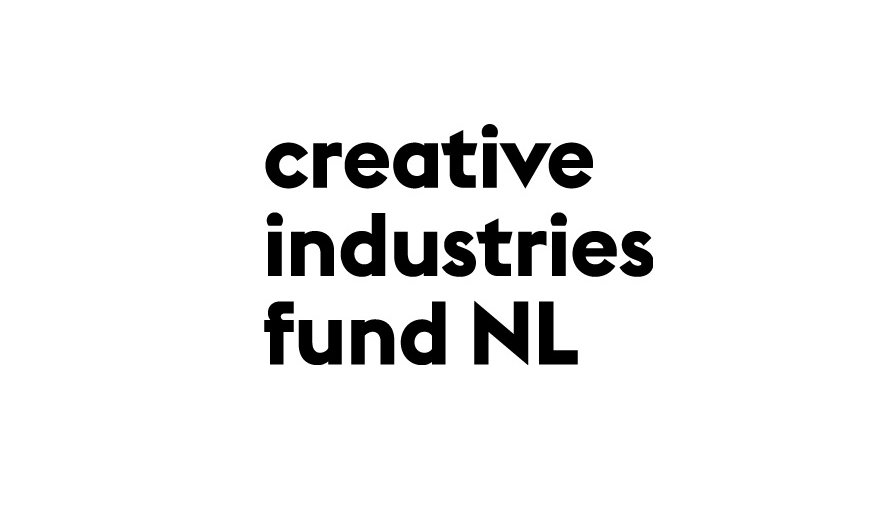This is a project started in 2022 with Wintertuin Curaçao, Gabi Ras, Tim Martina, Erkan Başar and Marelva Mathilda. The project is still running and is expected to finish this year (2025).
In this project we explored the possibilities of creating a language model that can read and write Papiamentu and how to present the results to the public. The initial result indicates that we still have a long way to go, which is why we have decided to continue our efforts as a dedicated committee of SPLIKA.
Team
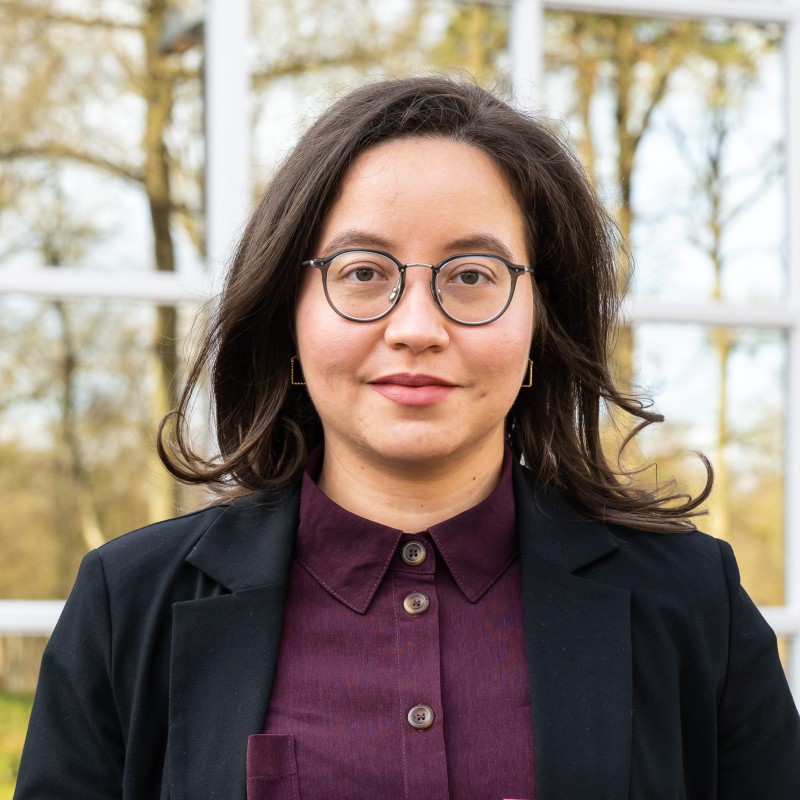
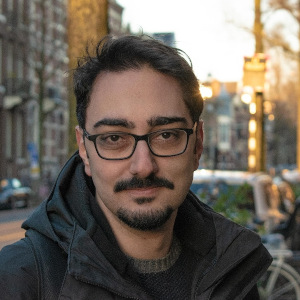

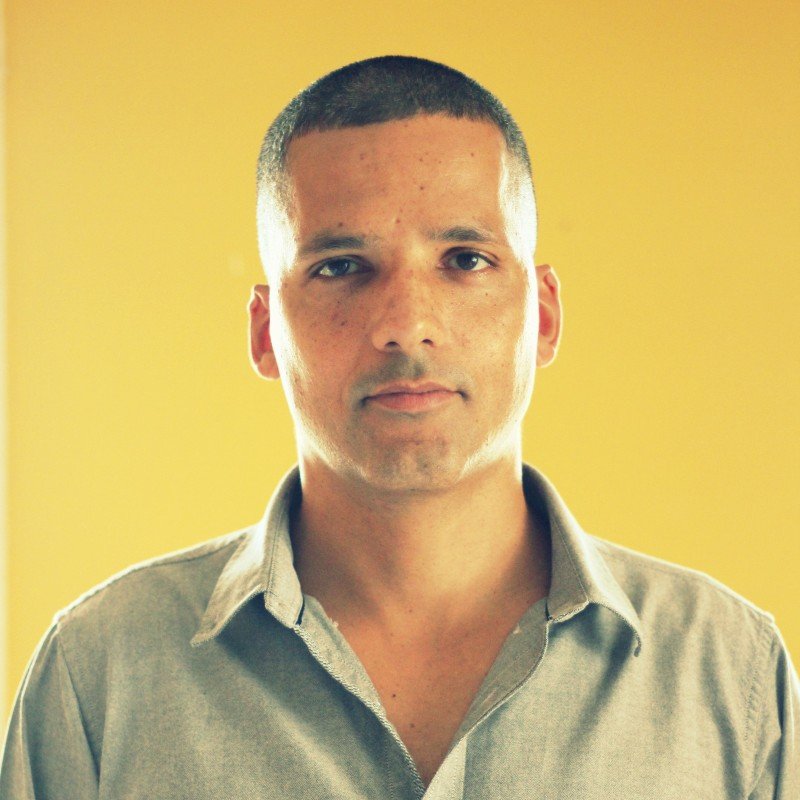
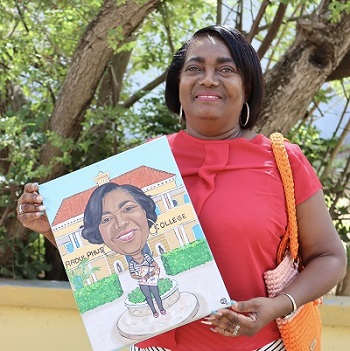
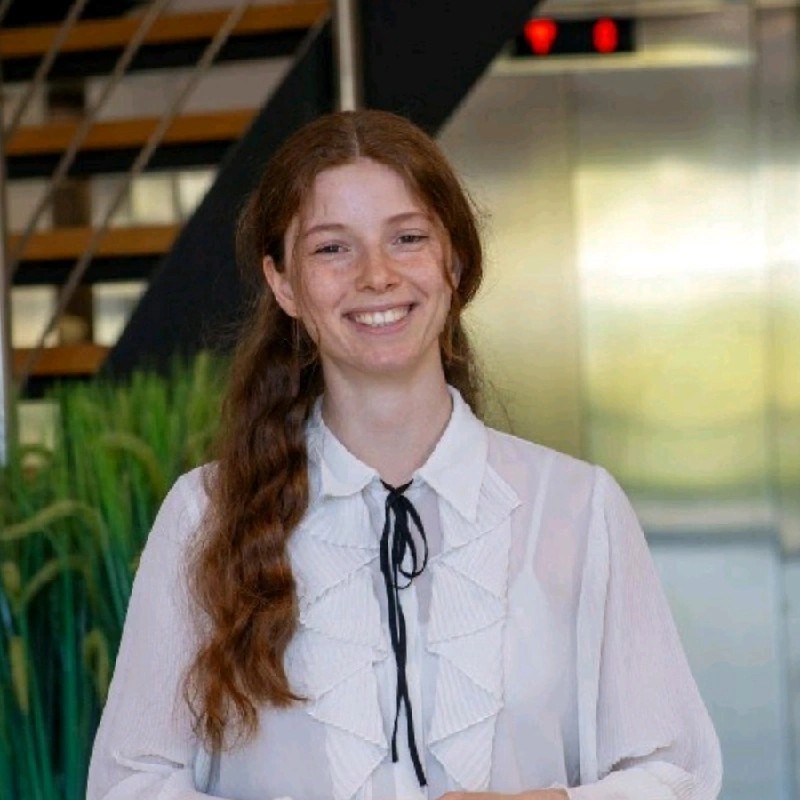
2025

Currently, Jeroen van der Most is creating an artwork using our prototype model LengaGPT. And Tim Martina is organizing AI art workshops for students on Curaçao. For more information on and a demo of LengaGPT, please contact us at digital.ai@splika.nl
Kon ta bAI is a techno-cultural project focused on generating natural language in the Papiamentu language using Artificial Intelligence.
The central question of this project is as follows:
To what extent is it possible to generate natural language in Papiamentu using AI, and how can we present this in the form of a physical art installation for the public to experience?
“Kon ta bAI” translates to “how are you” in Papiamentu, a Creole language spoken by approximately 350,000 people, primarily on the islands of Aruba, Curaçao, and Bonaire (where it is one of the official languages) and in the Netherlands. We intentionally spelled “bAI” in “Kon ta bAI” with a capital A and I to highlight the first letters of “Artificial Intelligence.”
Using Artificial Intelligence for Papiamentu language generation
Artificial intelligence (AI) has come incredibly far in recent years. Nowadays there are all kinds of AI, from the ones that can recognize human faces to the one who beat the human world champion in the game of Go. There is also AI that can produce language. In June 2020 the American company OpenAI released an AI that can generate high-quality text in English. The AI known as GPT-3 can produce new English text because it has learned from all kinds of texts available on the entire internet. To give another example, researchers in Zambia created an AI that can translate the language Bemba automatically.
Inspired by these developments our project idea for the generation of Papiamentu text was born. The project has one main goal: to create an artificial intelligence that is able to read, understand and write Papiamentu.
The project is called “Kon ta bAI”, which is Papiamentu for “How are you?”. Here we integrated the abbreviation “AI” in the word “bai” because the goal is to get an AI to ask us, “Kon ta bai?” (“How are you?”).
Community-based project
Even though the project has a technical nature, components of the project will require community collaboration and input. With this project we implement our vision of the digital future of Papiamentu and we know it will have a lasting effect on Papiamentu speaking communities:

Education
Educating on the topic of AI is extremely beneficial and can result in all kinds of new opportunities and jobs to help boost the economy on the island while making job seekers more self-reliant. Also we foresee the interest and involvement of students who are interested in AI.

Inspire
To see the Papiamentu language from a completely different perspective

Synergy
The combination of state of the art technology with the culture of a creole language and their communities in Aruba, Bonaire and Curaçao

New forms of art
Collaboration with local artists to produce visual and auditory aspects for the art work.

Science
To create a novel language model that can understand Papiamentu.
What is Papiamentu?
Papiamentu (Curaçao and Bonaire) or Papiamento (Aruba) is a creole language with strong influence from Portuguese and Spanish. It is estimated that in total there are about 350.000 native speakers of Papiamentu in the world.
What is AI?
The type of AI that is used in the project is called Deep Learning. It is inspired by how our human brains work. This means the AI can learn the structure of the information that we give it. For example, if we give the AI images of faces, it will learn to recognize faces. In a similar way we can teach the AI the structure of a language by letting it read text in that language. The more information the AI can read, the better it will learn.



